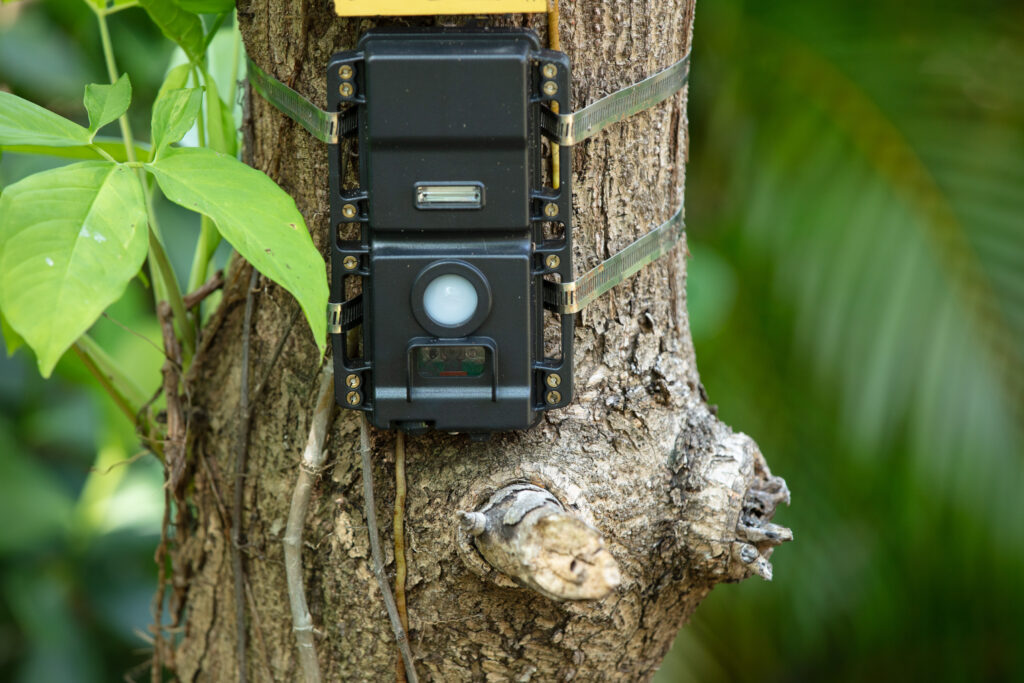World Wildlife Day: exploring digital innovation in wildlife conservation
Each year, on March 3, the United Nations observes World Wildlife Day (WWD) to honour the beauty and significance of wild animals and plants. It’s a time to acknowledge their invaluable contributions to humanity and the environment. In 2024, WWD focuses on “Connecting People and Planet: Exploring Digital Innovation in Wildlife Conservation.”
What is World Wildlife Day?
On December 20, 2013, during the 68th Session of the United Nations General Assembly (UNGA), March 3 was officially designated as United Nations World Wildlife Day (WWD). This date holds significance as it marks the signing of the Convention on International Trade in Endangered Species of Wild Fauna and Flora (CITES) in 1973. The UNGA Resolution assigned the CITES Secretariat to coordinate the global commemoration of this special day for wildlife on the UN calendar. Over time, UN World Wildlife Day has evolved into a significant annual event dedicated to wildlife conservation worldwide.
People worldwide depend on wildlife and biodiversity for various essential resources, including food, fuel, medicines, shelter, and clothing. In order for us to continue benefiting from the wonders of nature and preserving our planet’s beauty, collaborative efforts have been underway to ensure the flourishing of ecosystems and the survival of plant and animal species for generations to come.
Connecting people and planet: exploring digital innovation in wildlife conservation
For World Wildlife Day 2024, the UN is delving into the realm of digital innovation, emphasizing how advancements in digital conservation technologies and services can propel wildlife conservation efforts, sustainable and legal wildlife trade, and peaceful coexistence between humans and wildlife, both now and for future generations, in an increasingly interconnected world.
As the UN states, we find ourselves amidst a global digital revolution, dismantling barriers to people-centred digital governance and striving for equal opportunities for all to harness the potential of digital transformation. While the ‘digital divide’ is gradually narrowing, with improved connectivity and internet access reaching 66 per cent of the global population, approximately 2.7 billion individuals remain offline. In the least developed and landlocked developing countries, only an average of 36 per cent of the population is connected online, with women and young people disproportionately affected by gaps in internet access and/or digital skill readiness for employment.

Technological advancements have facilitated research, communication, tracking, DNA analysis, and various other aspects of wildlife conservation, making them more efficient and accurate. However, disparities in access to these tools, environmental pollution, and unsustainable utilization of certain technologies persist as significant challenges in achieving universal digital inclusion by 2030.
“This year, World Wildlife Day invites us all on a journey to explore technological innovation dedicated to the conservation of our planet’s magnificent animals and plants. Digital innovation is transforming the way we safeguard our invaluable biodiversity. Groundbreaking apps now enable us to tell different tiger species apart in seconds. Drones are helping us roam large areas to locate sea turtle nesting sites. Advanced tracking systems, real-time data analytics, and artificial intelligence-driven solutions are empowering conservationists across the globe with unprecedented tools to help identify, monitor, track and ultimately preserve wildlife,” states Ivonne Higuero, Secretary General of the Convention on International Trade in Endangered Species of Wild Fauna and Flora (CITES).
“However, as we leverage our growing technological capacities, we must also revitalize our commitments to sustainable development. This includes preventing destructive ecological impacts, mitigating threats to species and livelihoods arising from the misuse of technology, and ensuring digital inclusion for all by 2030,” she adds.
World Wildlife Day – how to get involved
World Wildlife Day 2024 serves as a platform for intergenerational dialogue and youth empowerment through artistic expression, presentations, and discussions on the opportunities ahead for our collective sustainable future in digital wildlife conservation. WWD2024 provides an opportunity to explore current digital innovations, address intersecting disparities, and envision the evolution of digital connectivity for the betterment of all people and the planet.
This year, the CITES Secretariat collaborates with the United Nations Development Programme, WILDLABS, Jackson Wild (host of the World Wildlife Day Showcase), and the International Fund for Animal Welfare (IFAW) (host of the World Wildlife Day Youth Art Contest).
While WWD2024 will be celebrated on March 3, 2024, the United Nations (high-level) event is scheduled for March 4, 2024, at the United Nations Headquarters in New York, NY, United States of America. It will be live-streamed on United Nations WebTV.


